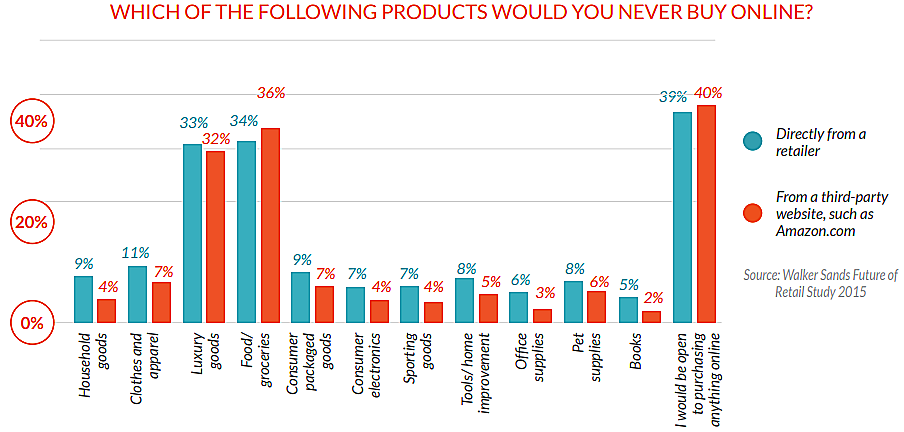 Given the sizeable growth that e-commerce has been experiencing in the past few years, several opportunities now exist for investors. RJMetrics, a US business intelligence firm, recently reported on this growth, which has been outpacing more traditional brick-and-mortar retail models in recent years. That trend is expected to continue.
Given the sizeable growth that e-commerce has been experiencing in the past few years, several opportunities now exist for investors. RJMetrics, a US business intelligence firm, recently reported on this growth, which has been outpacing more traditional brick-and-mortar retail models in recent years. That trend is expected to continue.
According to a December 2014 study by eMarketer, e-commerce accounted for 5.9% of the total retail market worldwide in 2014 and is expected to grow to an 8.8% share by 2018. China is expected to surpass the $1tn figure in retail e-commerce sales by 2018, which will represent over 40% of the global total. The US is predicted to maintain second place, with $500bn in retail e-commerce sales in 2018.
Consumers are certainly becoming more comfortable with online shopping. In its 2015 Future of Retail Study, PR firm Walker Sands highlights this trend among US consumers, concluding that they are buying an increasingly wider variety of products, most likely due to free shipping offers. In fact, around 40% of consumers seem to have no problem with purchasing anything online:

eBay and Amazon are two of the main beneficiaries of the growth in e-commerce. Amazon in particular was highlighted by the Walker Sands study as being the “go-to website” for most product categories outlined in the study. In 10 of the 11 categories, consumers felt more comfortable purchasing from third-party retailers that distributed through the Amazon website than they did from traditional retailers.
This shift in consumer behaviour is also spurring other retailers to change their sales methodology. For example, Canada’s largest electronics retailer, Best Buy, recently announced that it is creating an online marketplace which will allow industry rivals to sell their products. After struggling with dwindling sales at its existing stores, the e-commerce site will allow Best Buy Canada to further diversify its range of products and, crucially, take on the likes of eBay and Amazon. This could prove a daunting task, given the revenue growth that these e-commerce giants have achieved over recent years:

Source: Statista
Amazon’s sales jumped by 15% to $22.7bn in the first quarter of 2015. Among the factors for such growth has been the success of Amazon Prime, a service offered at $99/year to members in return for delivery discounts and online media streaming services. Amazon also expanded its one-hour delivery service to cover six US cities including Manhattan, Miami and Dallas.
One of Amazon’s primary goals is to convert more of its 278 million active customers into Prime subscribers. It was recently estimated that Amazon currently has approximately 35 million Prime members and that roughly 50% of US households will be members by 2020. Amazon also wants to use drones for same-day delivery, or even-same hour delivery, and has filed a patent application to initiate the process. It is even considering using drones to track down customers while they are on the move by using the GPS in their smartphones.
Amazon is forecasting second-quarter sales of between $20.6bn and $22.8bn, although it is expecting an operating loss of up to $500mn – partially explained by its heavy commitment to investment, such as its recent announcement of a $2bn investment in the Indian e-commerce market.
From an investment perspective, there may be pitfalls in the future. Warren Buffett has been on record stating that his retail investment track record is “awful,” mainly due to the constantly changing nature of shopping habits and sales channels. Last July’s WSJ article highlights some of Buffett’s trials and tribulations with the sector. Notwithstanding, e-commerce is expected to grow healthily over the next few years across the globe. Brick-and-mortar retail should likewise continue to flourish, especially in the US as the eMarketer report predicts, indicating a strong US consumer desire to continue shopping in-store.

